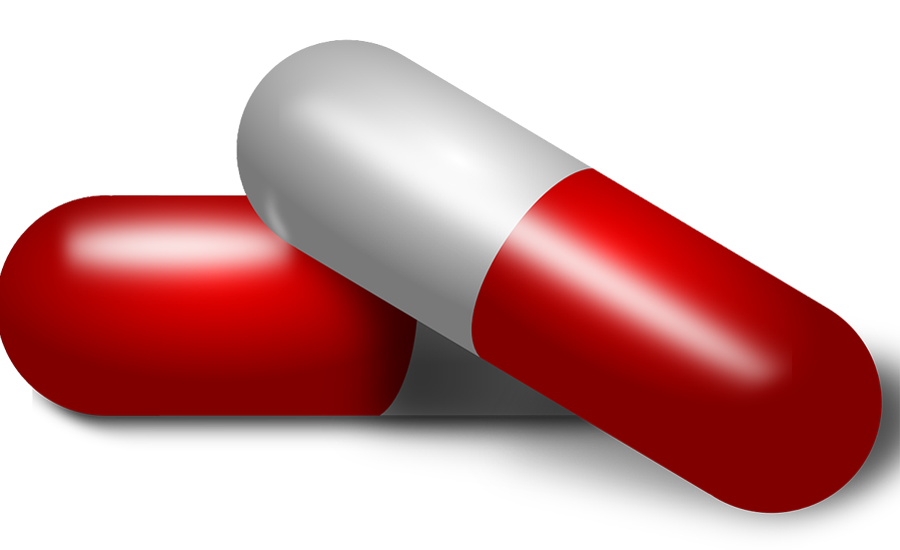Study: ERs not a major source of opioid prescriptions

Opioid prescribing has increased 471 percent from 1996 to 2012, according to a new Annals of Emergency Medicine study, “Emergency Department Contribution to the Prescription Opioid Epidemic.” But, emergency departments are not a major source of opioid prescriptions. In fact, their share of opioid prescribing is small and declining.
The share of opioids from doctor’s office-based prescriptions rose from 71 percent to 83 percent during the 17 years analyzed. The share of prescription opioids originating from emergency departments declined from 7 percent to 4 percent in that same timeframe, the study finds. The analysis was based on the nationally representative Medical Expenditure Panel Survey (MEPS) data, administered to 15,000 patients annually.
“Emergency departments are at the forefront of efforts to reduce harm associated with opioid abuse, but they are not a major source of opioid prescriptions,” said Sarah Axeen, Ph.D., Assistant Professor of Emergency Medicine, Keck School of Medicine, University of Southern California and lead study author.
“Policymakers and providers should match interventions with settings where they are most likely to be successful. Efforts to reduce the quantity of opioid prescriptions should focus less on hospital-based prescribing and more on doctor’s office-based prescribing practices, specifically addressing refills or chronic prescriptions.”
Most patients receive opioid prescriptions from sources of care other than the emergency department. The typical patient obtained 44 percent of his or her opioids from office-based prescriptions, 26 percent from dental or other outpatient sources, 16 percent from emergency departments and 14 percent from inpatient settings.
And, more growth was seen in refills than one-time prescriptions. Opioid prescription refills originating from a doctor’s office increased 446 percent while one-time prescriptions increased 277 percent during the period examined.
Contrary to popular belief, emergency departments are not disproportionately issuing prescriptions to high-risk opioid users. In fact, high-risk opioid users (the top 5 percent of annual opioid consumption) received just 2.4 percent of their opioids from the emergency department compared with 87.8 percent from office visits, the study found.
While opioid prescriptions from the emergency department are still trending up, the level of existing oversight can make interventions more feasible and more successful than many other points of care, the authors note.
The most effective strategies, the authors assert, to address the opioid epidemic from the emergency department would include intensifying screening efforts, developing or supporting referral networks, and encouraging interventions for high risk patient.
“Emergency physicians can best help address our nation’s opioid epidemic by focusing on the development and dissemination of tools that help providers identify high-risk individuals and refer them to treatment,” said Dr. Axeen.
The full study is available here.
Annals of Emergency Medicine is the peer-reviewed scientific journal for the American College of Emergency Physicians (ACEP), the national medical society representing emergency medicine. ACEP is committed to advancing emergency care through continuing education, research, and public education. Headquartered in Dallas, Texas, ACEP has 53 chapters representing each state, as well as Puerto Rico and the District of Columbia. A Government Services Chapter represents emergency physicians employed by military branches and other government agencies. For more information, visit www.acep.org.
You may also like:
Surgeon General: Destigmatizing addiction will help combat opioid epidemic

Laws and policy changes needed to combat U.S. opioid epidemic

Psychologist group gives mixed review to president’s opioid plan
Looking for a reprint of this article?
From high-res PDFs to custom plaques, order your copy today!







